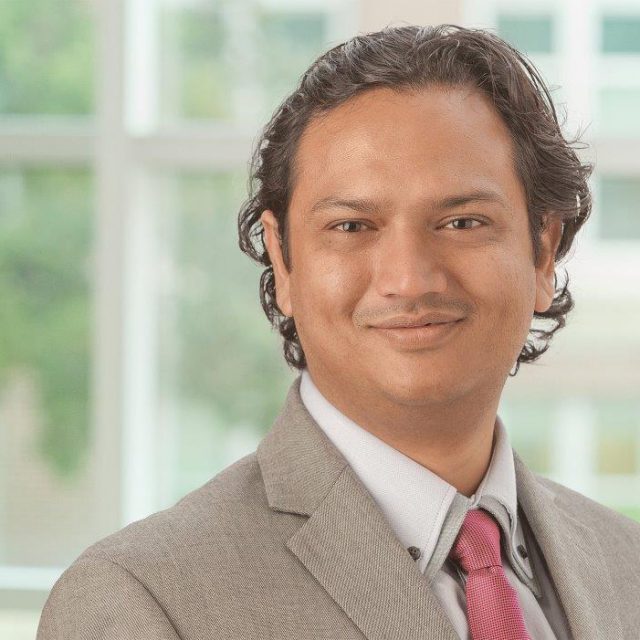

Imagine you are on a road trip through the mountains with your family, (mom, spouse, kids).
Imagine that you are driving through this serene national park with lakes and in middle of
nature.
Now imagine that your car breaks and you have no signals on your phone in the middle of
nowhere. Hard to imagine, shouldn’t be. It actually happened to me on a trip in Colorado last
summer.
Your head gets dizzy with the endless barrage of questions.
1. What happened to car. Would it still be drivable. Who is going to fix the car?
2. What about the family. Where will they stay at night? What would they eat?
3. How would you get back home? This is the long weekend with shops closed. You have to
go to work on Tuesday!
But the most important question of all is
How would they react? How can you solve such a difficult situation?
Some of the answers that can come in mind include ideas like:
stay calm and stay focused,
accept what has changed and have courage to change what you can,
gather data, set priorities, analyze available resources and limitation
have confidence that you can get through it be flexible and adaptable
take owner ship, follow certain goals use different part of brain, and so on and so forth.
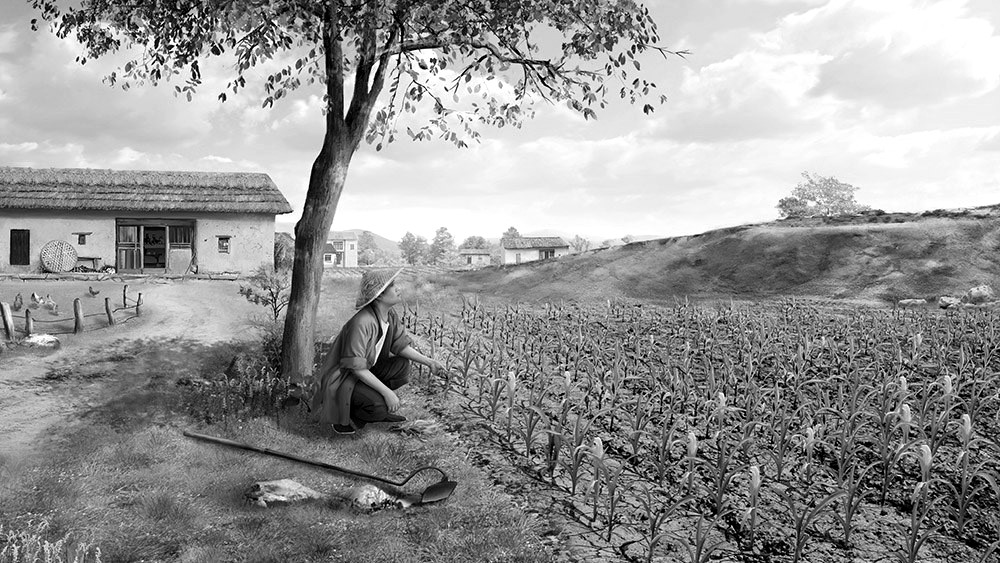
This method of thinking the steps the ideas
mention above in how to solve the difficult
problem or any difficult problem is what are
considered the elements of critical thinking in a
learner.
learning is a series of temporarily changing
sequential generalizations which are based
on prior event, fact and experiences; and are
constantly being adapted.
It is ability to generalize, to take a set of ideas and past experiences and able to apply in
new situation which may not be exactly the same.
To take my example, I teach course on Parkinson’s disease. I can tell someone a lot about
Parkinson’s disease but I can never tell them exactly how the next patient is going to look
like, how will he behave, how long will he have symptoms, what symptoms will he come up
with and how is he going to respond to medication. What I expect from the good learning is
the development of critical thinking needed to analyze any new situation and generalize based
on past experiences and then continuously adopt the generalization to problem solve through
critical thinking using the right habits like being flexible, being creative, being confident and
steps like gathering information analysis data setting priorities and establishing a plan.
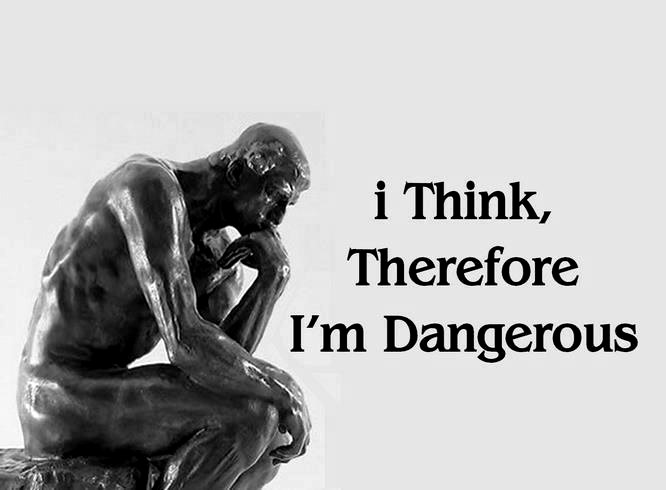
how you would teach these critical thinking
skills in your environment?
That’s the biggest problem that the modern teachers face when teaching. The material or
content is becoming more irrelevant. Nobody needs to know how many types of medication
or strengths of tablets and a certain medication comes in a market you can google it, or ask
Siri.
Material facts are becoming point less and the resources are becoming part of everyday
life and everyday care than what is learning all about.
Learning is all about developing those
critical thinking skills in which you need to
have the ability to solve the situation until a
time in near future when artificial
intelligence will start taking over.
There are many ways you can develop critical thinking but one of the most powerful way is
to develop a story in a small group, getting them involved. Building a task for them with
repetitive problem with some alteration that they can go through and learn. You break the
process and situation into smaller pieces and enter the element of reward and punishment into
completing the task, rewards to promote behavior that are positive and punishment to cut the
behavior that are negative. You can provide them curated resources, recommended material,
not just what’s out there, but in the end its facing a problem that develops being creative,
collaborative, and acting as a team and maybe that’s the whole point about flip learning where
the material is already provided and whats being taught in the class room is this critical
thinking skill.
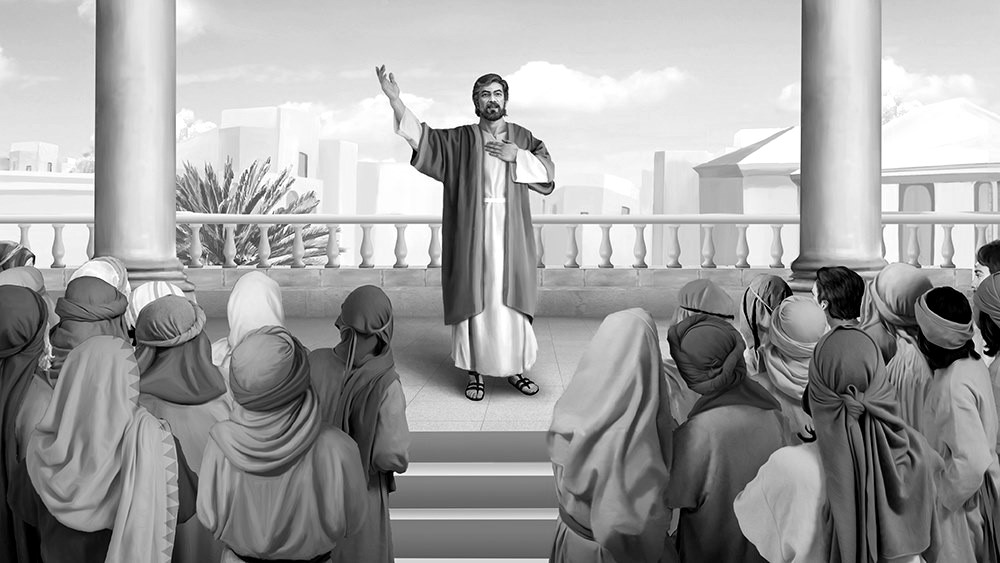
what challenges you would face in
implementing critical thinking through task or
storytelling?
The biggest problem is going to be time crunch and distraction. If you not plan the course
properly you may get lost in the details and not have enough time to complete everything.
You have to focus on the fact that you have to give up teaching the contents and expect the
learner to be able to go through the materials and not be spoon fed.
There will be negative attitude from your
peers and from your colleague but most
importantly from the students who may not
like it if they have not being exposed to it
before.
There would be difficulty with being wrong in a class both by the teacher and also by the
students and there may be aversion to difficult situation and problem there will be discomfort
and the whole process can go wrong if there is lack of accountability, if you expected student
to achieve a certain level of task or review certain material but have no way of holding them
accountable for it they may never get to it.
You need a significant support by everyone
involve in this system including the students.
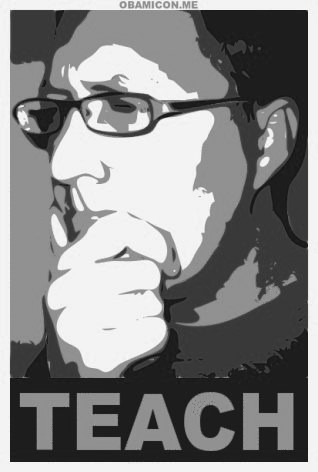
how you access the effectiveness of teaching
these skills?
That is the biggest lesson, that the learning
may not occur just because you have taught
something.
How do you know when the learning has occurred and how do you know when critical
thinking skill has developed?
There are many ways to do it one the most helpful way is to create mock or have real
situation and scenarios and look at the persons performance and see if they are able to do it. If
you are trying to teach them how to make a diagnosis of tremor, give them some patient of
tremor and see if can do it. You can look at real life performance or you can look at
assignments by giving them something to create. Tell them to make up a story, find a patient,
make a diagnosis, make a video, draw a map, build a matrix or any other such assignment.
One of the ways could be have them teach back give a five minute lesson; show that they
understand tremor enough that can teach it to another peer.
So, one of the biggest question is, is there a
value in old teaching methodology of doing
A which leads to B which lead to C having a
sequential stepwise teaching.
If you have understand about Parkinson’s disease you start with neuroanatomy or
neurophysiology you then link it to a normal behavior and normal phenomenon you then link
it to the actual Parkinson’s disease, clinical phenomenology then you link it to differential
diagnosis and then you look at the treatment strategy.
Do we will still need it? Do you still need to know all the list of medication available for PD
on the tip of your finger? Do we need to go stepwise? OR Do we need to adapt the blended
life? in this day of age when a lot of resources are available on the fingertips when google is
in everyone’s pocket and do we need different skills set for the future doctors not only that,
are those skills sets are we trying to achieve, would they be changing really fast from what we
thought was the right thing to teaches now would be changed in less than 10 years.
I don’t know for sure yet.



